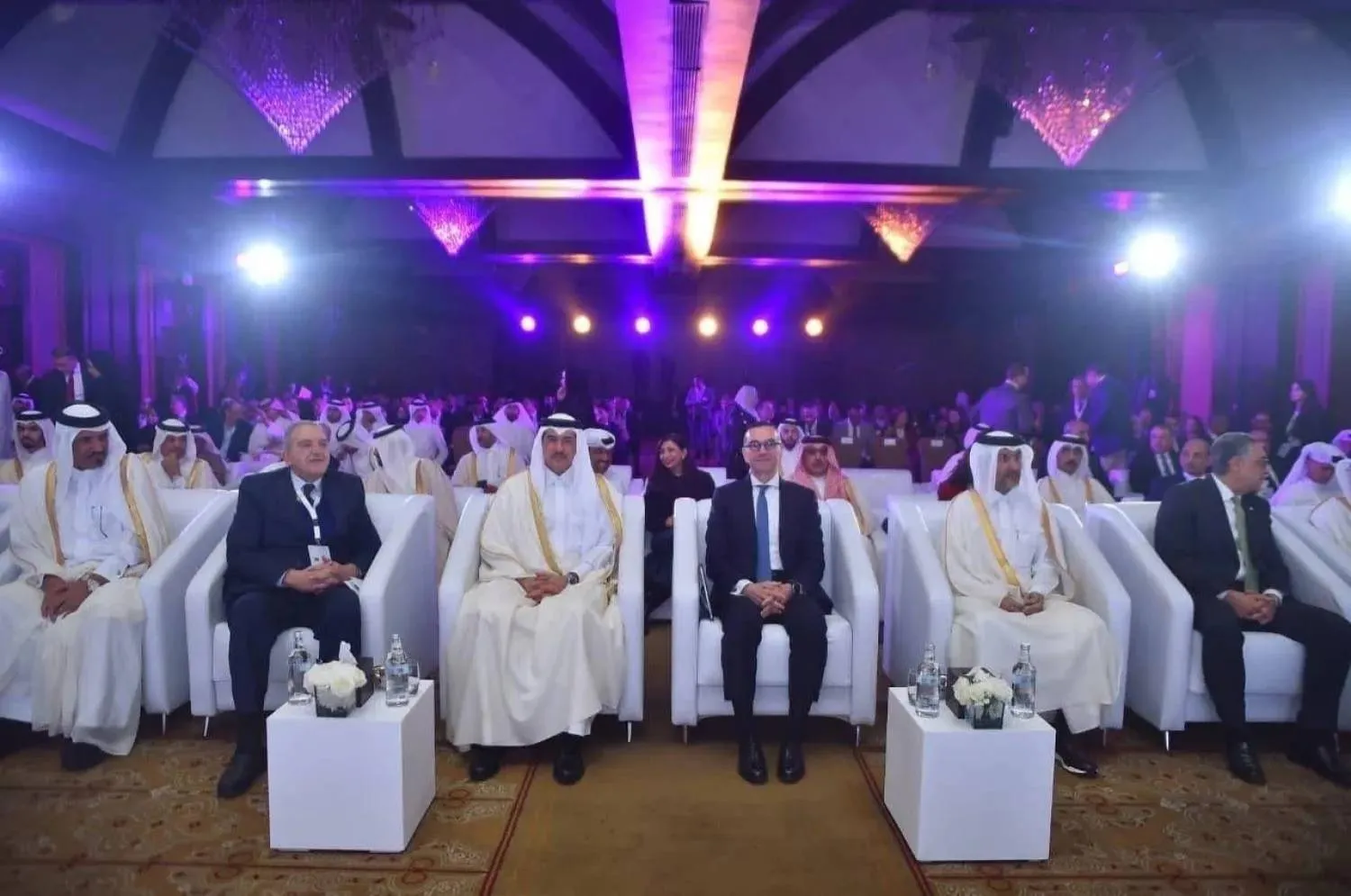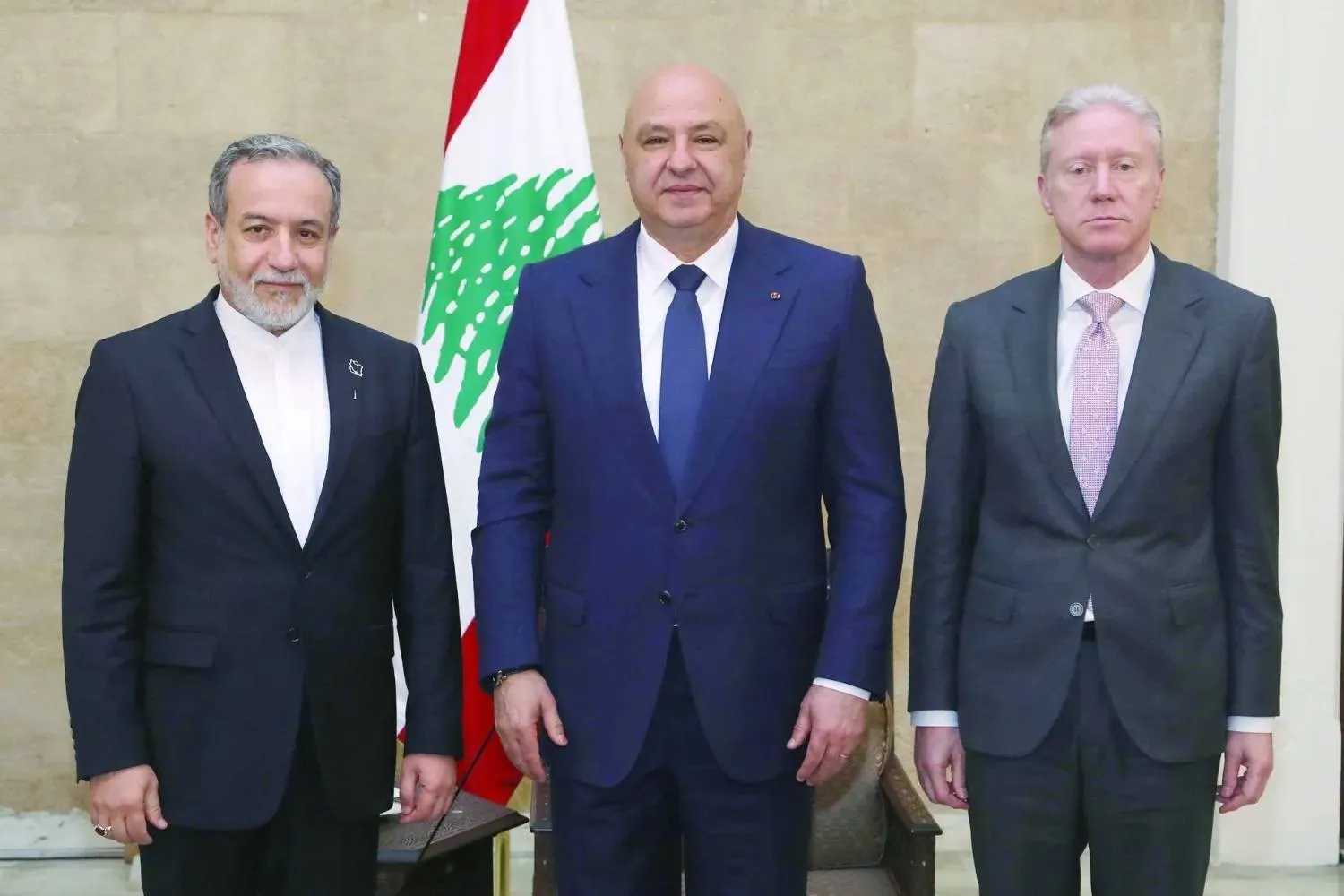Statements attributed to Saif al-Islam, the second son of late Libyan leader Moammar Gaddafi, have divided Libyans who questioned the authenticity of circulated photos of him.
Saif al-Islam has not been seen since his release by Abu Bakr al-Siddiq Brigade in 2017.
Supporters of the former regime celebrated the alleged appearance of Saif al-Islam, despite the objections of some to his interview with the New York Times, which it said was conducted last Ramadan and which carried criticism and insults against the Libyan people.
“I’ve been away from the Libyan people for 10 years. You need to come back slowly, slowly. Like a striptease. You need to play with their minds a little,” Saif told the newspaper.
Khaled Al-Ghail, foreign affairs advisor to the head of the Supreme Council of Libyan Tribes and Cities, and a former regime loyalist, said: “Soon to the lights...stay tuned for the next.”
For his part, Saad al-Senussi al-Barasi, a leader in the Popular Front for the Liberation of Libya, told Asharq Al-Awsat that the photos were of Saif al-Islam.
He described skeptics as “the enemies of the nation, and those who cling to power.”
If authentic, only part of Saif al-Islam’s face appears in the photos. The man has a long gray beard. The photos do not show the severed thumb and forefinger of his right hand.
He was dressed in a gilded black cloak, a scarf neatly draped around his head, and sat on a stately chair. The newspaper also reported that he lived in a two-story villa, which appeared to be luxurious.
Gaddafi saw that the administration of former US President Barack Obama, and not his father, was to blame for the destruction that befell Libya.
In the interview, which was titled, “Son of Gaddafi is still alive and wants to restore the lost unity of Libya,” Saif al-Islam described the spring and summer of 2011 as a series of surreal crises.
Ashraf Boudwara, head of the Preparatory Committee for the National Conference, said that the man in the picture was Al-Saadi Gaddafi, “not his brother Saif al-Islam.”
He asked: “I don’t know what the purpose of this interview is at this time?”
He went on to say: “If Saif Gaddafi is alive and doing well, even if he is sick and paralyzed, let him address his father's supporters, or give a speech in audio and video, instead of having it delivered by his lawyer on his behalf.”









